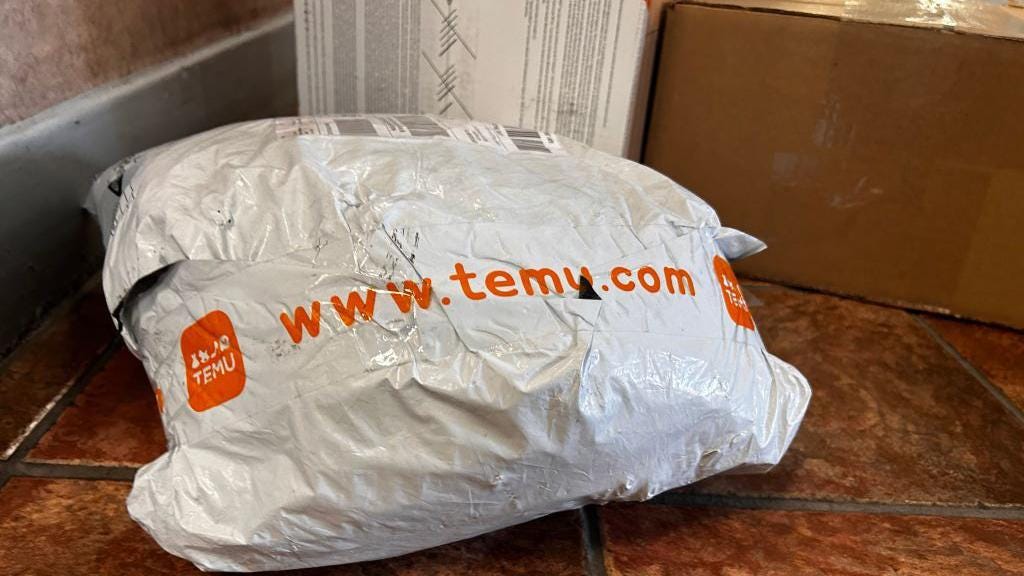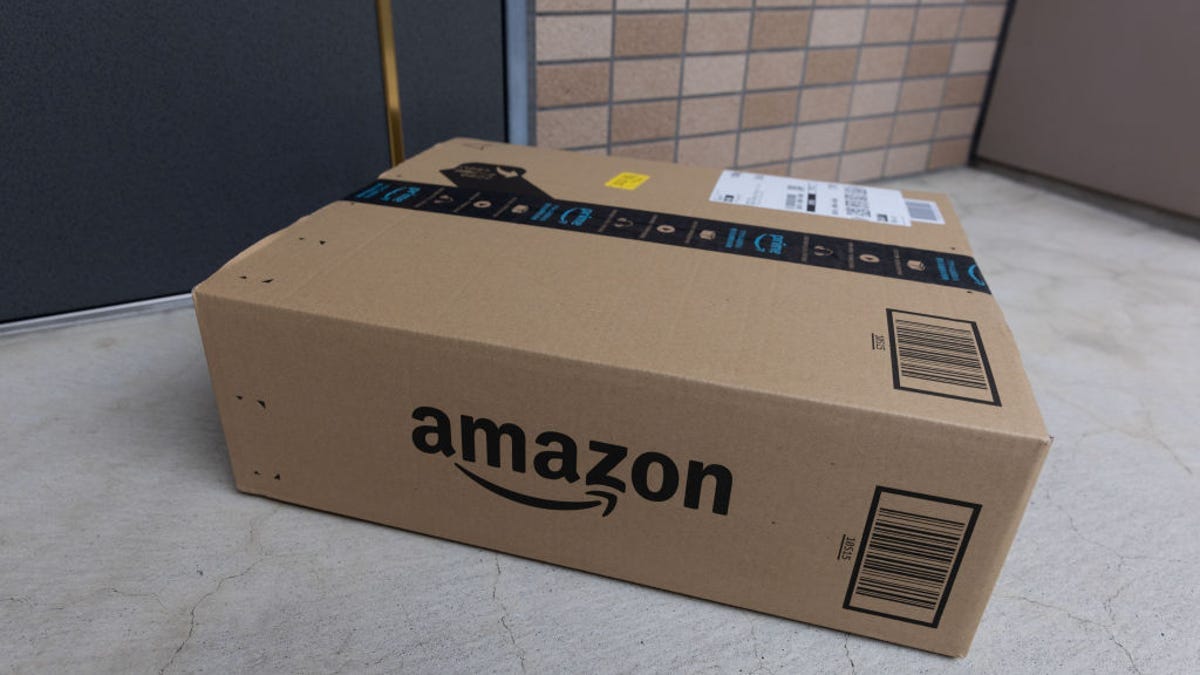We are Stella and Amy. We share firsthand stories at the crossroads of tech, business, and culture, helping leaders craft actionable cross-cultural strategies. Together, we bridge cultural divides and bring the world a little closer—one step at a time.
If you’ve lived in both the U.S. and China in the last 10 years, you’ve likely noticed stark differences in many aspects of daily life. One of the most talked-about distinctions is e-commerce delivery experiences.
Domestic shipping in China is notably faster than in the U.S. If you live in regions like the Yangtze River Delta (长三角) or the Pearl River Delta (珠三角)—city clusters around Shanghai and Guangzhou—you can expect next-day delivery at no extra cost. Even outside these areas, packages arrive within 48 hours on average, often with near real-time tracking on platforms like Taobao (Alibaba) and JD.com.
It’s faster, cheaper, and seemingly better—but how?
Fulfillment at a Glance
When we talk about e-commerce shipping, we mean more than just “shipping”. From the moment a customer clicks “place order” to the package arriving at their doorstep, a complex chain of events unfolds. This process is called order fulfillment.
Before diving into a U.S.-China comparison, let’s break down what fulfillment actually entails.
The Building Blocks of Fulfillment
Think of fulfillment like a relay race—each step is crucial, and if one part slows down, the whole process suffers:
🕛Order Placed – The customer’s purchase is recorded, kicking off the fulfillment process.
🕐Order Processing – The system verifies payment and confirms inventory availability.
🕑Picking – Warehouse staff (or robots) retrieve the correct product.
🕒Packing – Items are carefully packed with protective materials or custom packaging.
🕓Labeling & Quality Check – A shipping label is printed, and a final check ensures everything is in order.
🕔Shipping – The package is handed off to a carrier (e.g., UPS, FedEx, USPS in the U.S.).
🕕Last-Mile Delivery – The package completes its final journey to the customer’s doorstep.
The Cost
Most fulfillment providers charge per step—receiving, storage, picking, packing, and shipping. Each step has its own price tag, and additional fees (long-term storage, custom packaging, or special handling) can quickly add up.
Order fulfillment costs vary widely depending on several factors. Below are approximate averages provided for comparison purposes.
💰 Average U.S. order fulfillment cost: $5–$15 per order (small businesses typically pay $7–$10 per order). source
💰 Average China order fulfillment cost: ¥2–¥2.5 per order, approximately $0.3–$0.35. source
Why Is Fulfillment Cheaper in China?
Several key factors drive down fulfillment costs in China, making it significantly cheaper compared to the U.S.
Lower Labor Costs (But Not the Lowest)
While China’s wages have increased tenfold since 2000, it remains competitive for skilled workers, particularly in logistics. Unlike countries like Vietnam or India, China still excels in worker training, making fulfillment both cost-effective and efficient.
A Highly Matured E-commerce Market
With a digital-first shopping culture, China has created a self-reinforcing loop—more online shoppers drive more investment in logistics, which improves services and attracts even more consumers.
Extreme Competition & Overcapacity
China’s manufacturing produces more than domestic consumers can absorb, creating a fiercely competitive market where fulfillment providers operate on razor-thin margins to stay viable.
A Highly Efficient & Dense Network
China’s high urbanization rate (67%) and densely packed high-rise communities allow couriers to deliver hundreds of packages in a single trip. Compare this to the U.S., where suburban sprawl forces drivers to cover more ground with fewer deliveries per stop.
丰巢 (Hive Box) - Smart Locker Success
Hive Box (丰巢) is a self-service smart locker system, similar to Amazon Lockers, designed to streamline last-mile delivery in densely populated urban areas. Unlike Amazon Lockers in the U.S., Hive Box (丰巢) thrives in China due to urban density. Placed in apartment lobbies or community entrances, these smart lockers balance efficiency and convenience. In the U.S., Amazon Lockers struggled to gain traction because they were often placed miles away from residential areas, requiring consumers to drive to pick up packages—defeating the very purpose of e-commerce. Ironically, despite Hive Box’s success, many Chinese consumers still resent even a short walk to pick up their packages, preferring doorstep delivery.
Warehouse Robotics & Automation
While the U.S. leads the world in robotics research, China has taken the lead in real-world application, particularly in warehouse & logistics automation solutions.
U.S.: 80% of warehouses still rely on manual labor, but high wages are pushing automation adoption. source
China: With government support, China leads in AI, IoT, and warehouse robotics, overtaking Germany in industrial robot density (470 robots per 10,000 workers, double since 2019). Next only to South Korea and Singapore. source
Chinese-Owned Warehouses in the U.S.
In one of The Cocoons’ first articles, we wrote about how small and medium-sized businesses (SMBs) in China are expanding overseas in search of healthier profit margins.
Their first challenge is usually figuring out fulfillment in the U.S.—a complex landscape they are unfamiliar with, often compounded by language barriers.
But as the saying goes, “Where there is demand, there is supply.” More Chinese-owned warehouses in the U.S. have emerged, offering cheaper services and 1-on-1, 24/7 customer support tailored to Chinese sellers. Need help? A WeChat message away. source
However, there’s a tradeoff. Packages from Chinese-owned warehouses tend to prioritize cost and speed over aesthetics. Expect thinner boxes, heavy tape, and minimal special packaging.
Meanwhile, U.S. warehouses focus on branding and customer experience—sturdy, clean boxes, often with custom branding and even heartwarming handwritten “thank you” notes (which, spoiler alert, aren’t actually handwritten).
How Fulfillments Reveal About Market Priorities
E-commerce fulfillment isn’t just about speed or cost—it’s a reflection of how societies are built, how people shop, and how businesses operate. China’s fulfillment model thrives on urban density, intense competition, and relentless efficiency, while the U.S. bets on automation and logistics networks optimized for vast geographies.
But fulfillment doesn’t exist in a vacuum—it’s deeply connected to the evolution of physical retail. In China, e-commerce has rapidly overtaken traditional brick-and-mortar stores, raising concerns about the decline of the 实体经济 (physical economy). The highly advanced e-commerce ecosystem fuels fulfillment innovations, making online shopping the default for consumers.
In contrast, the U.S. still leans heavily on physical retail. While e-commerce is growing, fulfillment and logistics infrastructure is still largely B2B-focused, catering to businesses rather than consumers. This difference explains why consumer-facing (B2C) fulfillment lags behind China, where dense urbanization and fierce competition have made fast, affordable delivery an expectation rather than a luxury.
As both models evolve, will the U.S. see a shift toward consumer-first fulfillment, or will physical stores remain dominant? And in China, will the disappearance of physical stores pose long-term economic challenges?
Fulfillment is more than just moving packages—it’s a mirror of economic priorities, market structures, and consumer behavior.
If you are interested in working with us more closely, we offer AI strategy / business consulting service. Refer to [this article] to see why working with builder-strategists like us is different from traditional business consultants.
Email us at stellaxamy@gmail.com or
Become a member and meet with us monthly.









